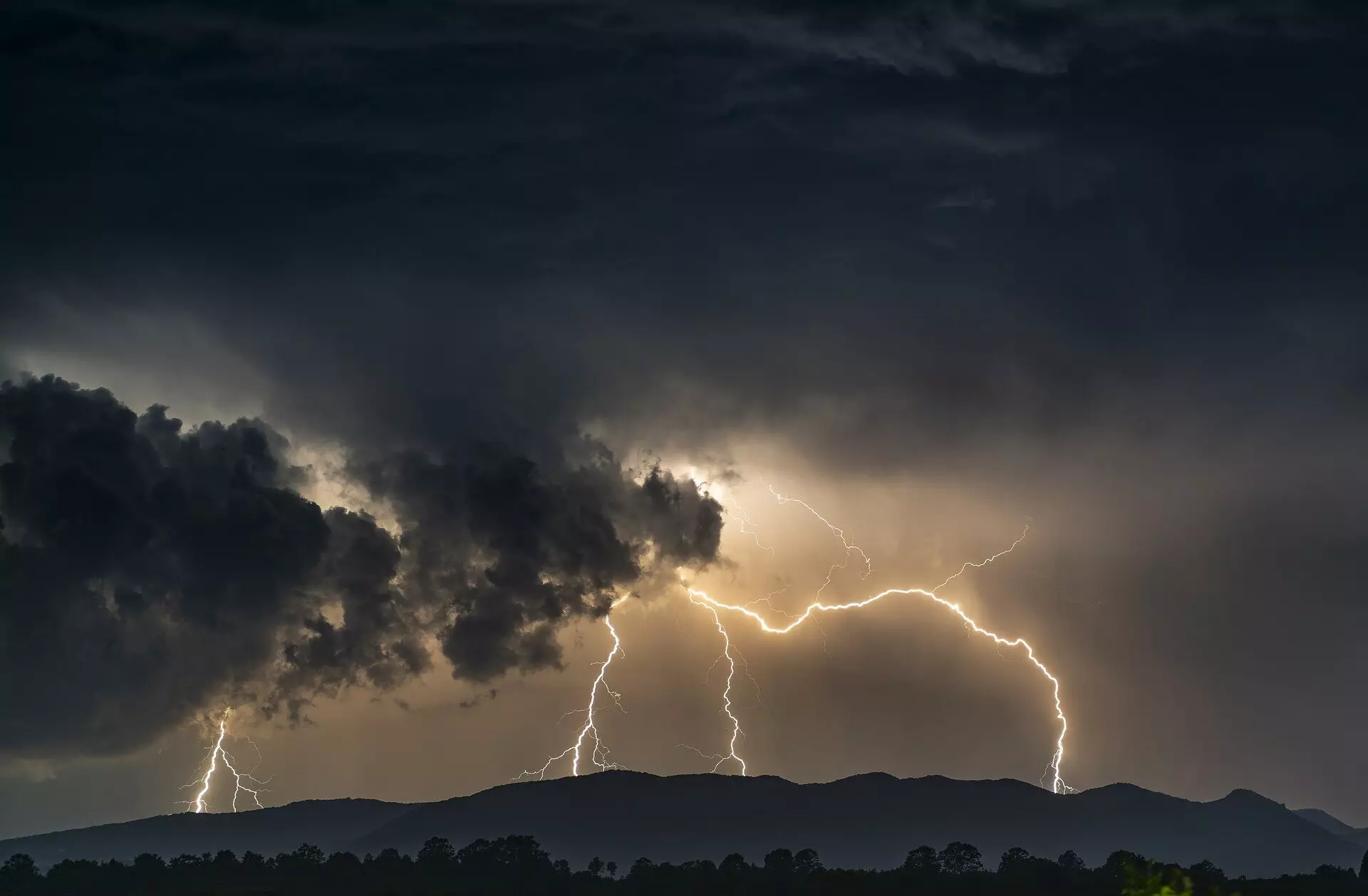California’s scrubland has long been synonymous with picturesque vistas and abundant natural beauty, but an environmental crisis is unfolding at an alarming rate. Over the past thirty years, the state has experienced an unprecedented increase in erosion following major wildfires. This phenomenon not only disrupts local ecosystems but also poses a significant threat to water resources, a situation that appears set to worsen due to the ongoing impacts of climate change. New research from the U.S. Geological Survey (USGS) has illustrated just how severe this erosion has become, indicating that California’s natural landscapes and water security are frequently compromised.
According to the recent USGS study, Northern California has experienced an astounding tenfold increase in hillside erosion after wildfires from the late 1980s to the 2010s. Many of the largest sediment-producing fires occurred in the last decade alone, signaling a concerning trend for environmental sustainability. Most critically, the data suggests that this erosion problem has accelerated significantly since 1984, with Northern California witnessing the most significant changes. As unburned hillsides transform into barren landscapes post-wildfire, the risk of devastating debris flows increases, which can overwhelm local waterways and disrupt aquatic life by depleting oxygen levels.
The implications of this increasing erosion are far-reaching. Sediment runoff fills reservoirs, diminishes their storage capabilities, and strains flood control infrastructure. This situation creates haphazard conditions for nearby communities that are already vulnerable to flash floods. With climate change contributing to an upsurge in wildfire intensity and frequency, the situation may continue to deteriorate if proactive measures are not implemented.
In their groundbreaking study, USGS researchers incorporated advanced modeling techniques and field-based observations to quantify rates of soil and sediment loss in wildfires larger than 25,000 acres from 1984 to 2021. The findings represent an illuminating quantification of an issue long debated among ecologists, water conservationists, and forest managers. “It is crucial to have this research materialize,” noted Glen Martin from the California Water Impact Network. His comments highlight a wider concern: California’s water systems, already strained, are teetering on the brink of failure thanks to escalating wildfire impacts.
The study indicates that 57% of post-fire erosion takes place upstream from reservoirs, heightening threats to water security. The sediment influx compromises both the quality and quantity of water stored in these reservoirs, which are vital to California’s fragile water management system. As Martin aptly pointed out, this scenario has created an “unvirtuous cycle” of increased fires leading to soil erosion, which in turn leads to infrastructure failures and diminished water supply.
The USGS paper connects the dots between climate change and the accelerating intensity of wildfires and extreme rainfall events, a cycle exacerbated by the phenomenon known as “weather whiplash.” Numerous studies documented in recent years confirm that California is grappling with wildfires that are growing both larger and more ferocious. As such, the worrying trend of increased erosion and its ramifications for the state’s water supply and aquatic ecosystems cannot be overlooked.
With past incidents—such as the 2018 mudslides that followed the Thomas Fire in Montecito, resulting in fatalities and widespread destruction—underscoring the urgency of addressing the wildfire erosion crisis, the stakes have never been higher. In 2022, a mass fish die-off in the Klamath River provides further evidence of how these environmental challenges converge, placing both human and ecological communities at risk.
Addressing the pressing challenges of post-fire erosion will require both time and strategic planning. USGS researchers underscored the need for comprehensive mitigation strategies, such as improved fuel control across both public and private lands. This approach could include the implementation of prescribed burns and mechanical thinning initiatives to reduce fuel load in susceptible areas and potentially mitigate the severity of wildfires.
However, as Martin emphasizes, solutions will require more than just ecological strategies—they will demand significant public interest, funding, and policy changes. The requirement for a concerted and unified response to these challenges is paramount, as inertia may worsen the situation further.
Moreover, informed forest management and land conservation efforts will ultimately help safeguard California’s fragile ecosystems and quality of life. The task ahead is undoubtedly daunting, but with effective coordinated efforts and investment in better resource management practices, California can hope to counter the erosion crisis that looms large in its future.

